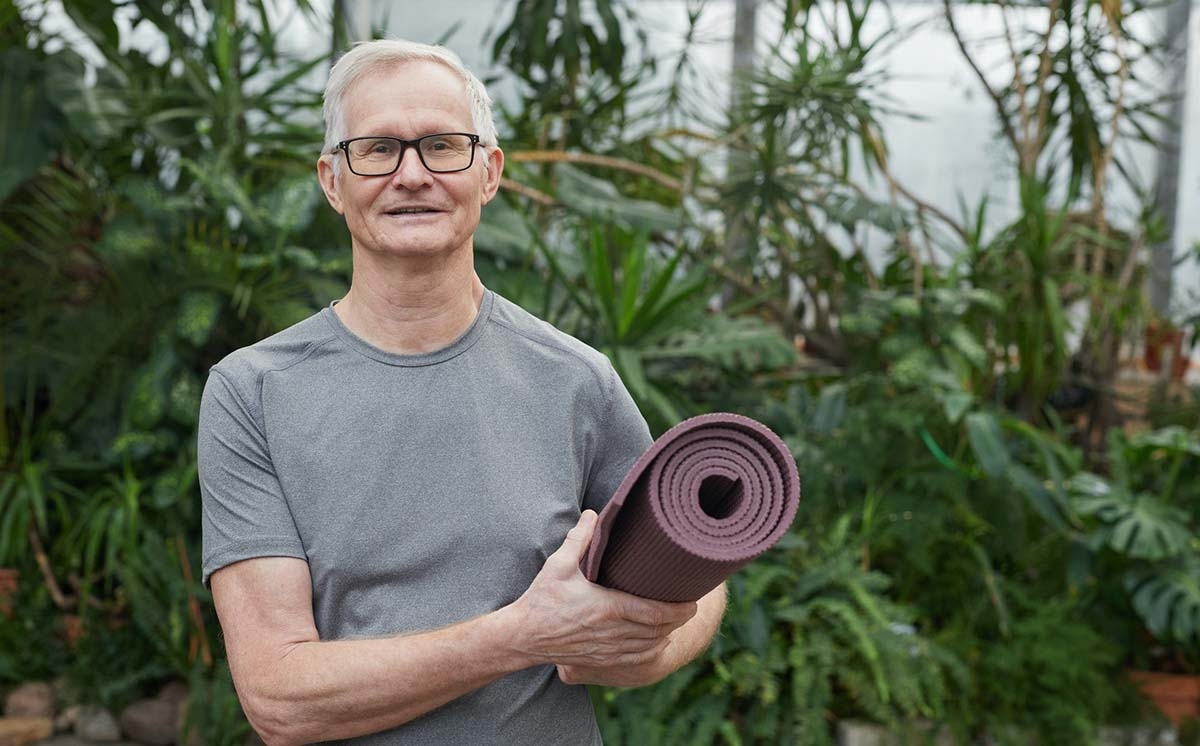
7 misconceptions about memory foam mattresses that aren’t always true
Mattresses have come a long way in the last century. The days of finding just spring-based mattresses are long gone. There are now many different spring variations, as well as latex foam, and memory foam.
In the 1960s, memory foam was famously invented by NASA as an upholstery material for use in space shuttles. Memory foam was born from innovations with using a material called viscoelastic. Memory foam molds to the body of the sleeper in response to heat and body weight pressure, due to the material being energy absorbing. This material is very supportive and can evenly distribute support across the contours of your body for a relaxing, supportive, and pain-free sleep.
Though these mattresses have been available for decades, there are still persisting myths associated with this technology. Let’s break them down to uncover the truth of these common misconceptions.
Myth #1 – Memory Foam Gets Hot And Makes You Sweat
With any new technological application, it takes time to design a product that fits every goal and doesn’t come with big downsides. Older memory foam mattresses were much less breathable. A dense foam mattress will conform closely to the body as well.
Modern memory foam mattresses, however, offer an open cell structure that allows for breathability and easy, even heat dispersion. Modern memory foam is also produced to contour instantly and not hug and hold the body like early designs sometimes did.
Myth #2 – Memory Foam Smells Bad
A minor side effect of the materials used is that they require a period to “off-gas”. These mattresses are new. Like many newly manufactured products, they need a little time to air out. After a small period of airing the product and the room, the smell dissipates and will not persist.
Polyurethane foams contain petrochemicals. Similar to new furniture, paints, or new car smell. When you purchase a new mattress, they often come sealed in protective plastics. After you let the product breathe, the smell will be gone. Plant-based memory foams are made with fewer VOCs and will carry less of a smell.
Myth # 3 – Memory Foam is Toxic
American and European brands have largely phased out the usage of the most potentially damaging VOCs (volatile organic compounds), formaldehyde, and carcinogenic PBDEs (polybrominated diphenyl ethers) in alignment with public concern, environmental regulations, and government restrictions.
Concerns over materials used can range from negligible to serious. Many manufacturing companies keep trade secrets of their mattress composition closely guarded and it’s hard to always know what is and isn’t being used. The common misconception is that these VOCs and PBDEs aren’t being looked at or addressed in modern manufacturing. There are also memory foam options made with this specifically in mind. The independent Certi-PUR organization tests for VOCs, PBDEs, formaldehyde, and durability and fire resistance.
Myth #4 – Memory Foam “Sinks”
Memory foam is made to be dense and can be temperature sensitive. As the foam heats up it contours to your body. This can lead to feeling like you’re sinking into it and like it will hold onto your body position. There are foam options that are less dense and more temperature-neutral however. These mattresses contour instantly with pressure and return their shape quickly, allowing for comfortable movement without sacrificing support quality. When the memory foam is temperature-consistent, the mattress will maintain a consistent firmness across the surface and will eliminate the sinking feeling associated with some older memory foam mattress designs.
Myth #5 – It’s Too Expensive
A key concern for people interested in shopping for a memory foam mattresses is cost. Now that memory foam has become a staple in the mattress market, many manufacturers have begun producing it and prices have been greatly reduced. Memory foam isn’t for everyone, but comparing quality, durability, and price ratios with standard mattresses, memory foam often comes out on top.
When the first brand of memory foam first came out, they were presented as a luxury high-end mattress and priced accordingly, ranging around $3000. Ever since the stigma of excessive pricing has lingered with memory foam. Today, high-end pricing still exists but is often more associated with branding and nation-wide advertising. Many high-quality memory foam mattresses are priced similarly to, or even cheaper than, leading spring mattresses. It is not uncommon to see memory foam mattresses with similar densities and specifications ranging greatly in price, and it is important to shop carefully.
Myth #6 – Loses Density Quickly
Like all products, quality and durability can vary. Buying from a reputable dealer can help ensure a long-lasting mattress. Brands often offer extended warranties, and the common lifespan of a memory foam mattress is about 10-15 years or longer. Some brands and retailers even offer lifetime comfort guarantees. Proper maintenance and care can help ensure you get the most out of any mattress.
Myth #7 – Tempur-Pedic Is The Only True Memory Foam Mattress Brand
When NASA released the patent for memory foam to the public domain, Tempur-Pedic was the first company to use it for mattresses and remained one of the few to do so for a long time. Though they have been making them for a very long time and that experience can be very valuable, it does not at all mean that they are the only “authentic” memory foam retailer. It also does not mean that they have superior quality to other brands. SleepJunkie points out that there are several quality memory foam mattresses to choose from. It’s more about finding the one that’s right for you.
Memory foam has been used for mattresses for 50 years now and the technology has evolved and developed and been refined. They continue to offer many benefits to the consumer over conventional mattresses, yet also continue to be plagued by misconceptions. Understanding the history and modern advancements is key to understanding if a memory foam mattress can be right for you.








